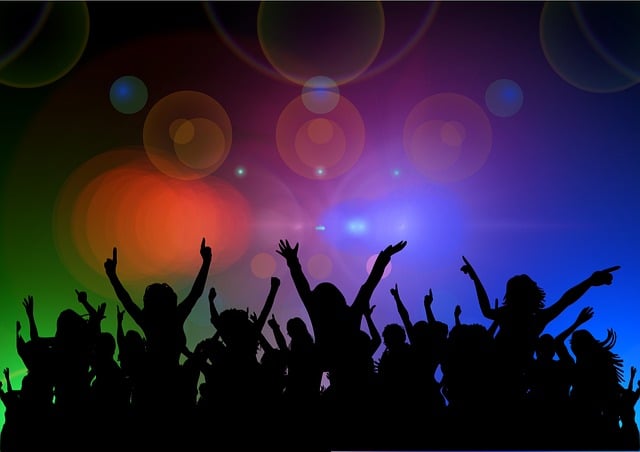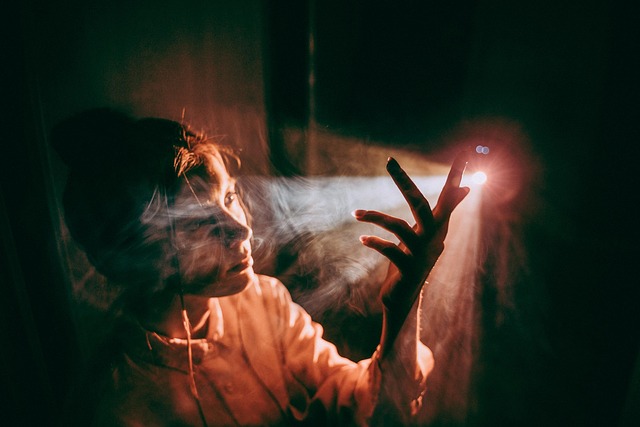Exploring the Interplay: Neoclassical Ballet's Impact on Visual Arts and Photography
The world of art is a dynamic realm where influences transcend boundaries and eras, giving birth to astonishing creations. One such intriguing interplay is between Neoclassical ballet and visual arts, including photography. Neoclassical ballet, a dance style that emerged in the 18th century, possesses an innate grace and symmetry that reverberate beyond the confines of the stage, leaving an indelible mark on the visual arts and photography.
Neoclassical ballet's choreographic harmony and exquisite poses have served as a wellspring of inspiration for artists and photographers alike. The meticulously crafted movements, frozen in time during performances, offer a unique glimpse into the human form's potential for elegance and expressiveness. As dancers execute intricate poses, photographers capture these fleeting moments, immortalizing the fusion of strength and delicacy.
The essence of Neoclassical ballet lies in its emphasis on clean lines and graceful symmetry. These aesthetic principles have seamlessly integrated into visual arts, influencing the composition of paintings and sculptures. Artists such as Edgar Degas embraced ballet as a muse, skillfully encapsulating dancers' poise and fluidity in their works. The use of strong lines and balanced compositions is a testament to the symbiotic relationship between dance and visual art.
Photography, a medium that thrives on capturing light and shadows, finds resonance with Neoclassical ballet's interplay of movement and stillness. Photographers harness the interplay between illumination and darkness to highlight the contours and emotions of ballet performances. The juxtaposition of light and shadows creates a visual narrative that mirrors the dancers' emotions and narrative elements, enhancing the depth and storytelling potential of their art.
Neoclassical ballet's power lies in its ability to convey emotion through movement. Similarly, artists and photographers endeavor to evoke emotions through their creations. The expressive nature of ballet poses finds its counterpart in the emotional depth captured in portraits and scenes. Whether on canvas or in a photograph, the synergy between movement and emotion resonates with viewers, forging a connection that transcends time.
Neoclassical ballet's allure stems from its ability to transport audiences to a world of elegance and sophistication. Visual artists translate this allure into their works by freezing moments of grace, mirroring the sensation of watching a ballet performance. The captured moments become a portal to a timeless realm, allowing viewers to relish the beauty of dance long after the curtain falls.
Photography has the remarkable power to distill complex narratives into single frames. Neoclassical ballet's intricate choreography finds new life within these snapshots, enabling photographers to encapsulate the essence of an entire performance in a single image. The rhythm of dance is captured in the rhythm of the shutter, producing visual harmonies that echo the choreography's meticulously orchestrated movements.
In the realm of art, the interplay between Neoclassical ballet and visual arts, including photography, creates a tapestry of beauty and emotion. The influence flows both ways, as the grace of ballet infuses visual art with elegance, while art captures the essence of dance's fleeting moments. This convergence of disciplines enriches our appreciation of both dance and visual arts, underscoring the undeniable connection between the two.












